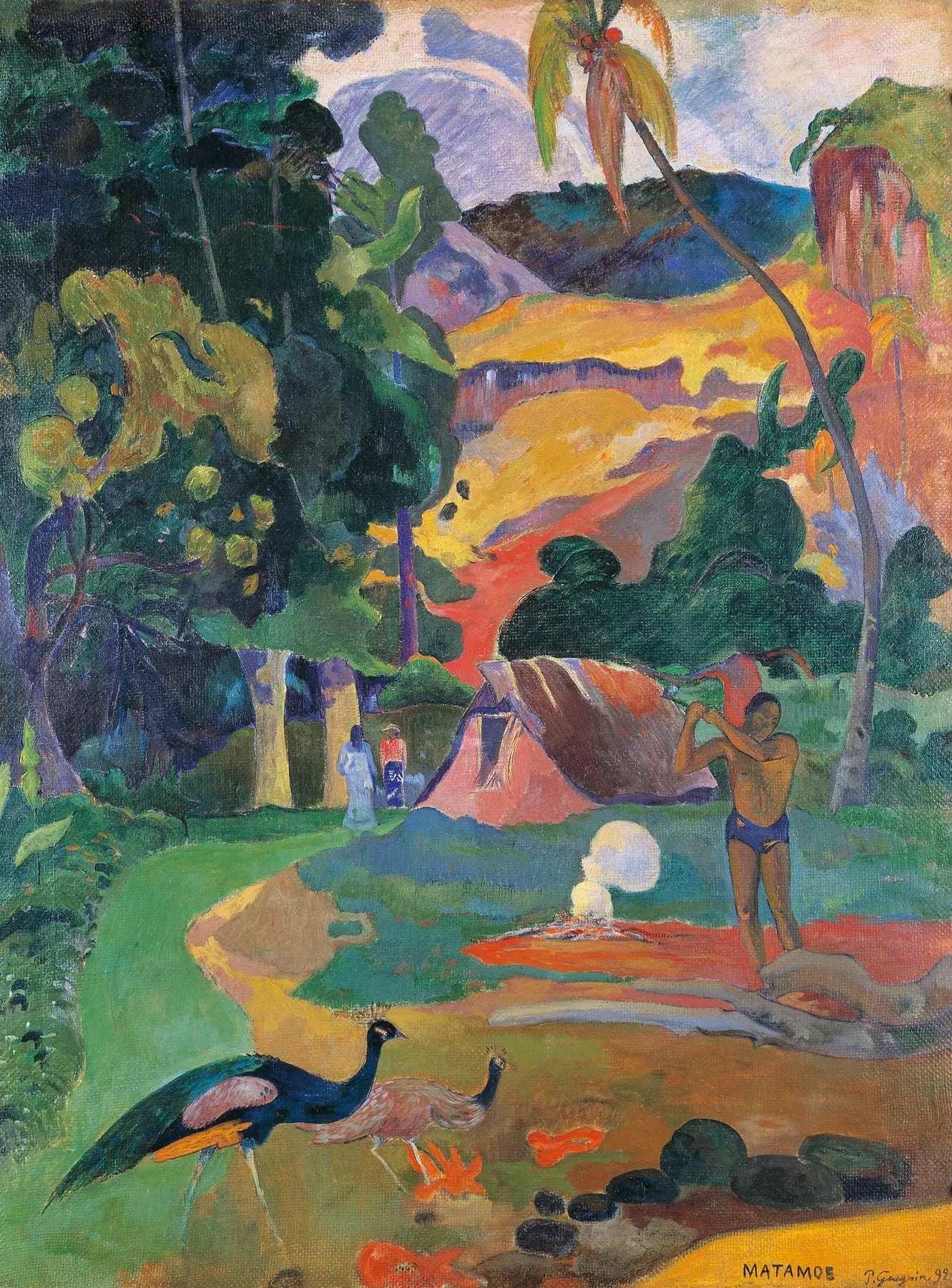
Matamoe (Paul Gauguin)
Eden exists. It is not a celestial corner, nor a place above the clouds populated by characters with expressions of holiness.
Each one has his own: the tourists who keep the faith in the advertising images, those who yearn to return to their village and the refugees who dream of the land from which they were forced to flee.
Also they artists. Every image of the History of art it represents a place that the creator wants (or refuses) to inhabit.
projection of a haven away from the daily hardships it emerges in a landscape or in a gesture that is freed from the abrasive texture of reality.
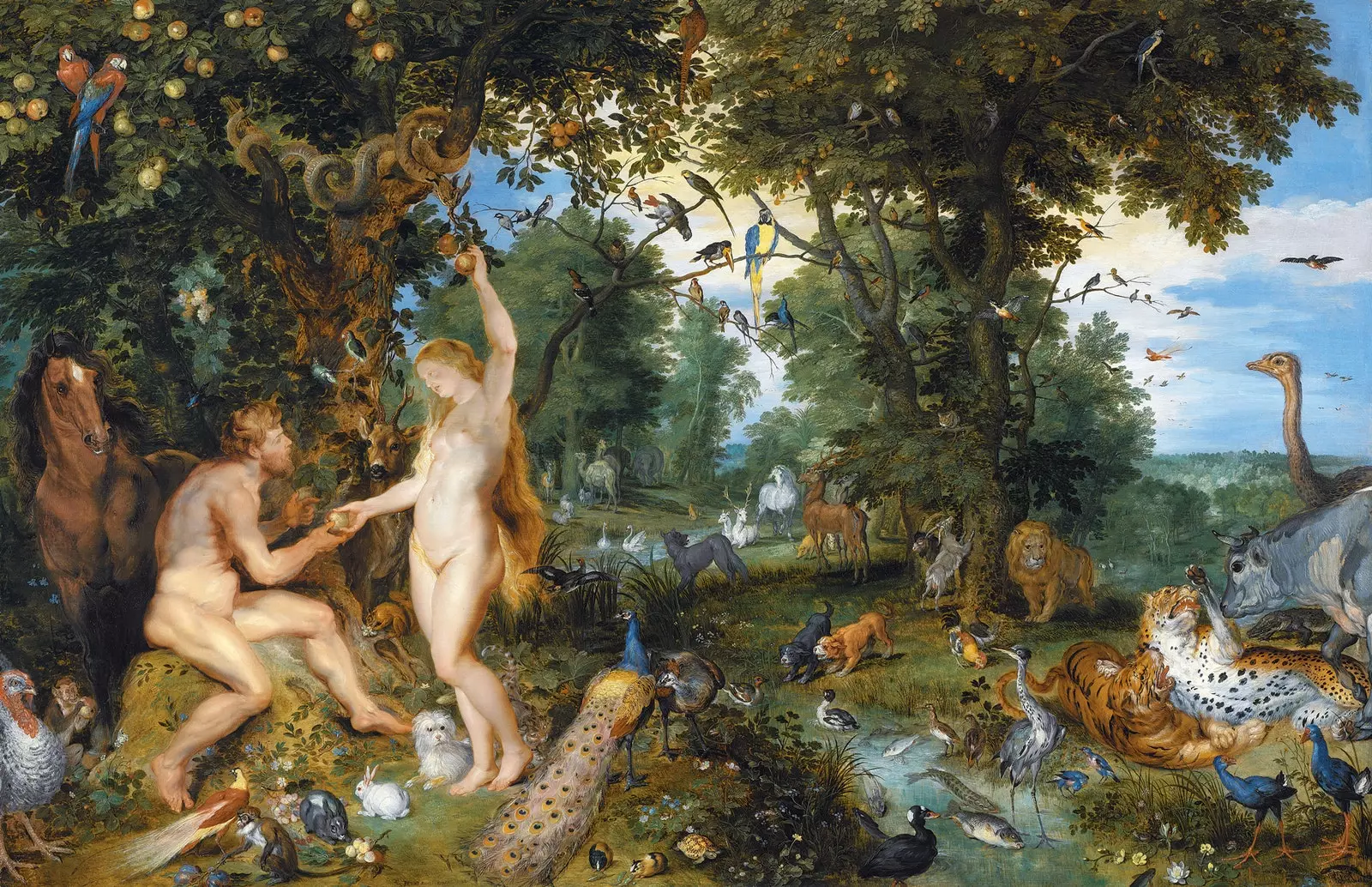
The Garden of Eden and the Temptation of Adam and Eve (Rubens)
UNDER THE TREE OF GOOD AND EVIL
In the beginning, it is the tree, the trees. In ** Egypt, Mesopotamia and Syria,** where many of our myths are born, the threat is the desert, the aridity, the death of the crops.
Thus, Eden is the orchard: the place where nature is not an enemy, but an ally. Biblical tradition collects the sacred tree of the Assyrians, The Tree of Life, and reverse its meaning.
For paradise to exist expulsion is necessary because this is only valued from exile.
Medieval representations emphasize the abundance of water, the meadows and the snake menace after the fruit No scene of his loss is as bleak as that of Masaccio.
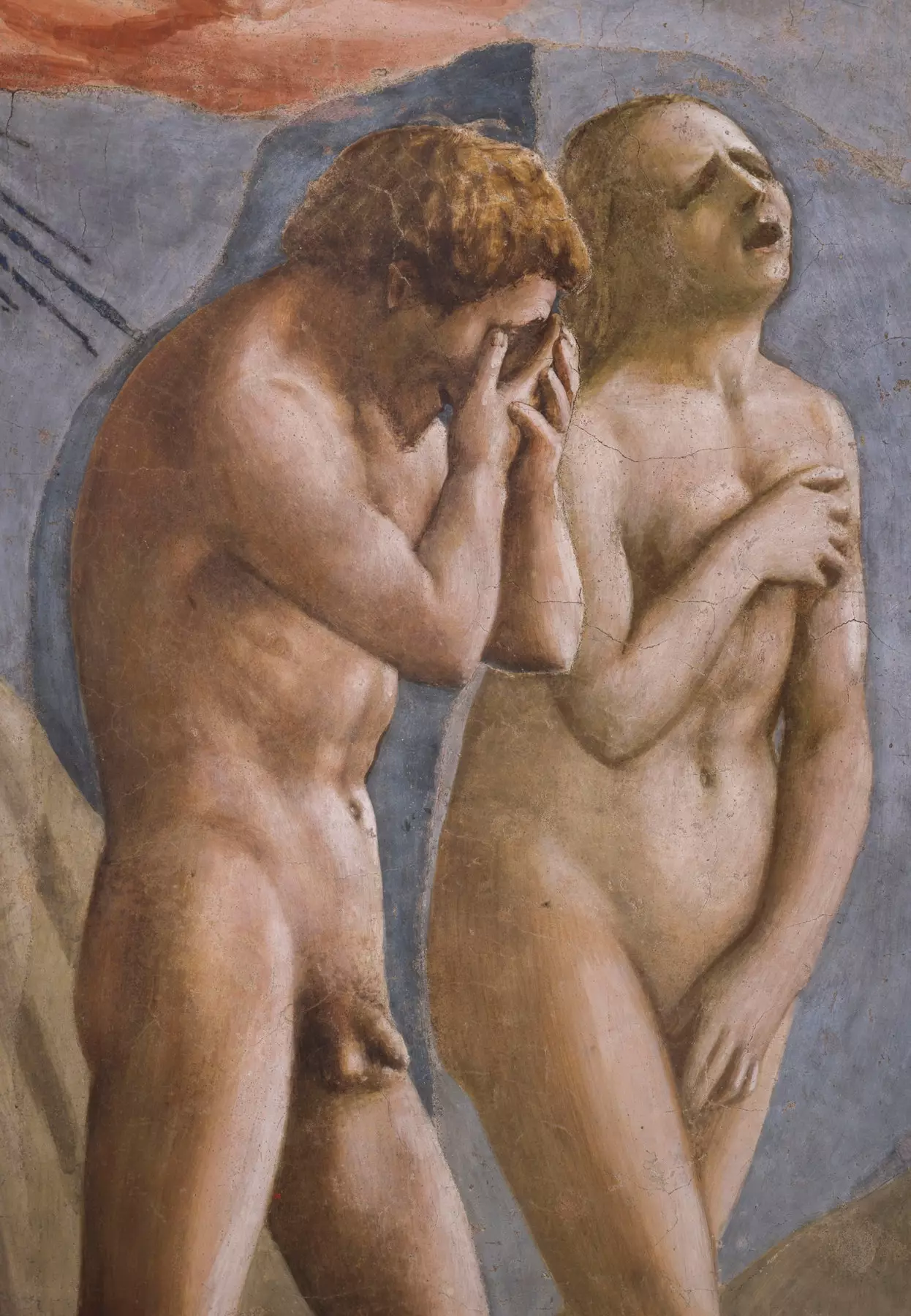
Expulsion of Adam and Eve from the Earthly Paradise (Masaccio)
FROM MY GARDEN
But the garden is not always guilt and punishment. Parallel to the biblical image, a variant is developed that reflects its docile, domestic nature.
This ideal, which combines the fertility of the garden and a playful spirit, is configured as a closed area.
Inside: the sound of the leaves, the flow of water, the song of the birds; outside: the madding crowd.
Livia, wife of Emperor Augustus, covers the walls of the dining room in the town of Prima Porta of lemon trees, quinces and birds that flutter around the fruit trees.
Later, this idyllic setting unites pleasures and Christian values. The hortus conclusus appears represented in a multitude of gothic miniatures, among which those that illustrate the Roman de la rose stand out.
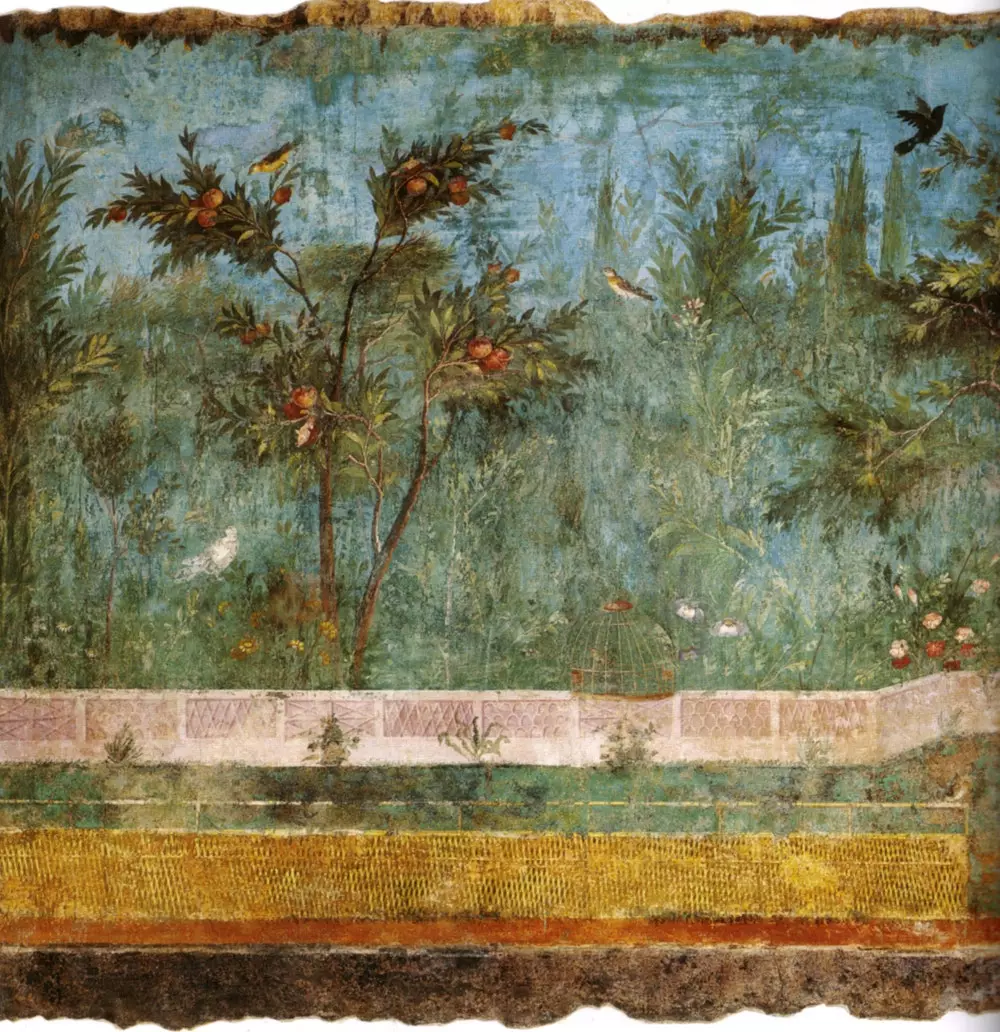
Fresco in villa of Prima Porta
AN ANIMAL EDEN
Sometimes, plant simplicity becomes monotonous and the imagined paradise is populated with animals that lose their ferocity. The zoological profusion reaches its maximum expression in Rubens.
In one of the oil paintings that he made together with Jan Bruegel the Elder , not only recreates in the abundance of meat of the leading couple. To the usual stream and the foliage that hides the snake, he adds a profusion of pets cavorting on the grass.
The naturalistic observation becomes symbolic in The Garden of Earthly Delights, by The Bosch.
In the table of paradise, the tree of good and evil is a canary dragon tree, and around the ponds appear unicorns, strange amphibians and monstrous beings.
Sin enters Eden and explodes in the center table. the amalgamation of naked bodies represents today a much more vivid aspiration than the calm of the biblical scene.
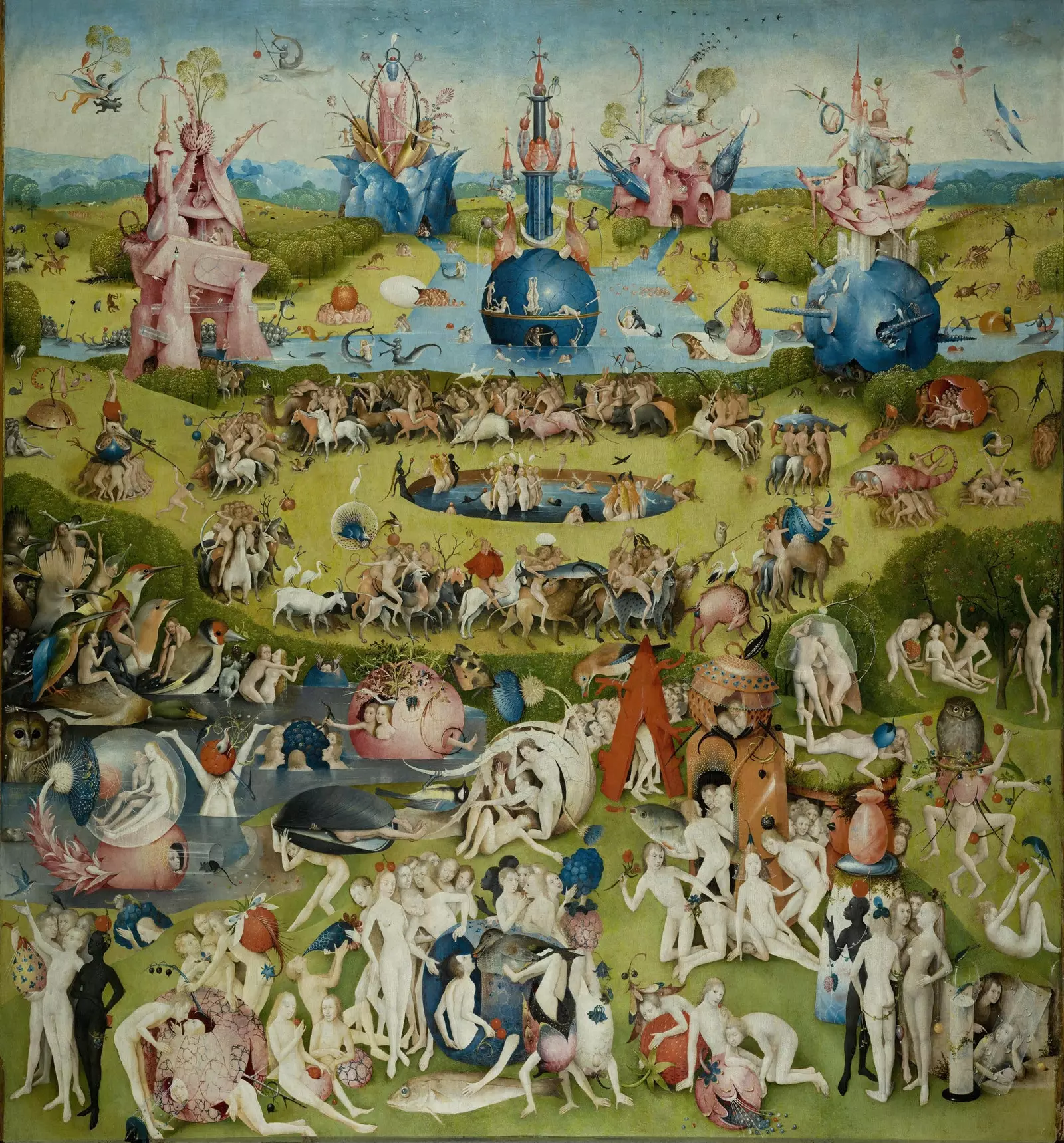
The Garden of Earthly Delights (El Bosco)
CHERCHEZ LA FEMME
From the Renaissance, the erotic drive is manifested under key mythological. In a masculine universe, the woman becomes an object and a refuge. the nude of Titian's Venus of Urbino It marks the path to a pale-skinned Eden.
Occasionally, ephobic youths take their place. Caravaggio represents in his canvases a homoerotic universe that flows in the looks of the musicians.
In the century XVIII, the soft mattresses boucher demarcate a territory of pleasure. The libertine paradise lies in the fantasy of sex
In the XIX, this fantasy travels to distant lands. Ingres Turkish Bath emerges as a lubricious space of reverie, whose echoes will persist in Women of Algiers by Delacroix.
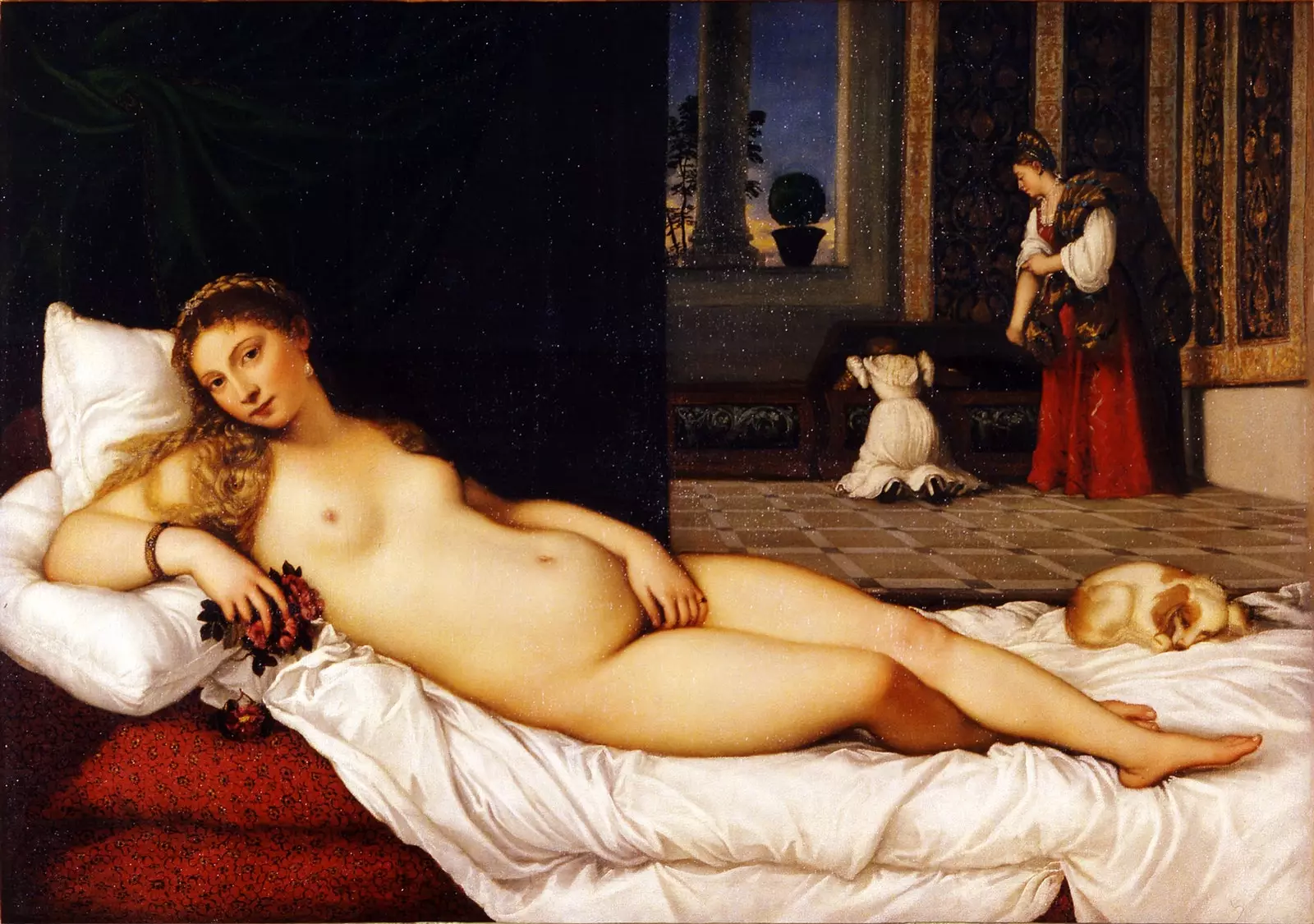
Venus of Urbino (Titian)
RUINS AND PALM TREES
The rise of bourgeoisie and the Industrial Revolution they make creators look towards **Asia and the Middle East** in search of escape routes.
The uncivilized and the barbarian customs they invert the puritanism and mediocrity of the Victorian era.
You also travel in history. Antiquity and medieval times are configured as escape destinations. David Roberts exalts the monumentality of the ruins of pharaonic era.
A Gerome the bazaars and the mosques they appeal to him as much as the court of Louis XIV.
In England , the Pre-Raphaelites dilute the smoke from the factories in the historical re-enactments of Millais and the scenes of Roman world of Alma-Tadema.
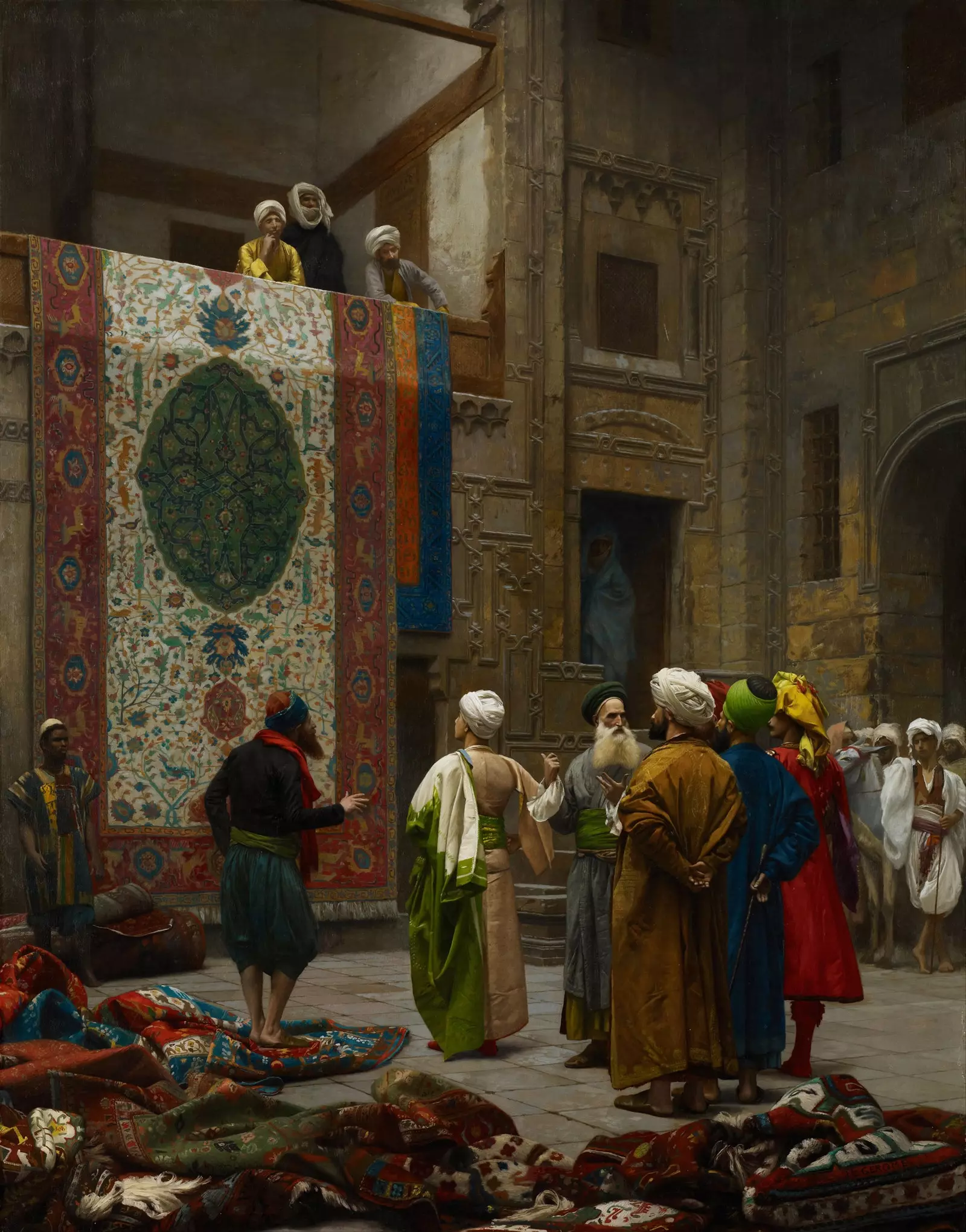
The Carpet Merchant (Jean-Léon Gérôme)
THE SOLITUDE OF THE PILGRIM
It is not always necessary to flee to distant latitudes or times. The romantic movement establish an idyll with him scenery.
Just go to one mountain or yet Cliff Lashed by rain for ecstasy to manifest the sublime.
Bucolic environments are not sought, but the dramatics of a summit that rises above the clouds - as in The Wayfarer, by Friedrich– the vertigo of turner's storms either the primeval landscapes of edwin church.
The Postcard as a place of revelation.
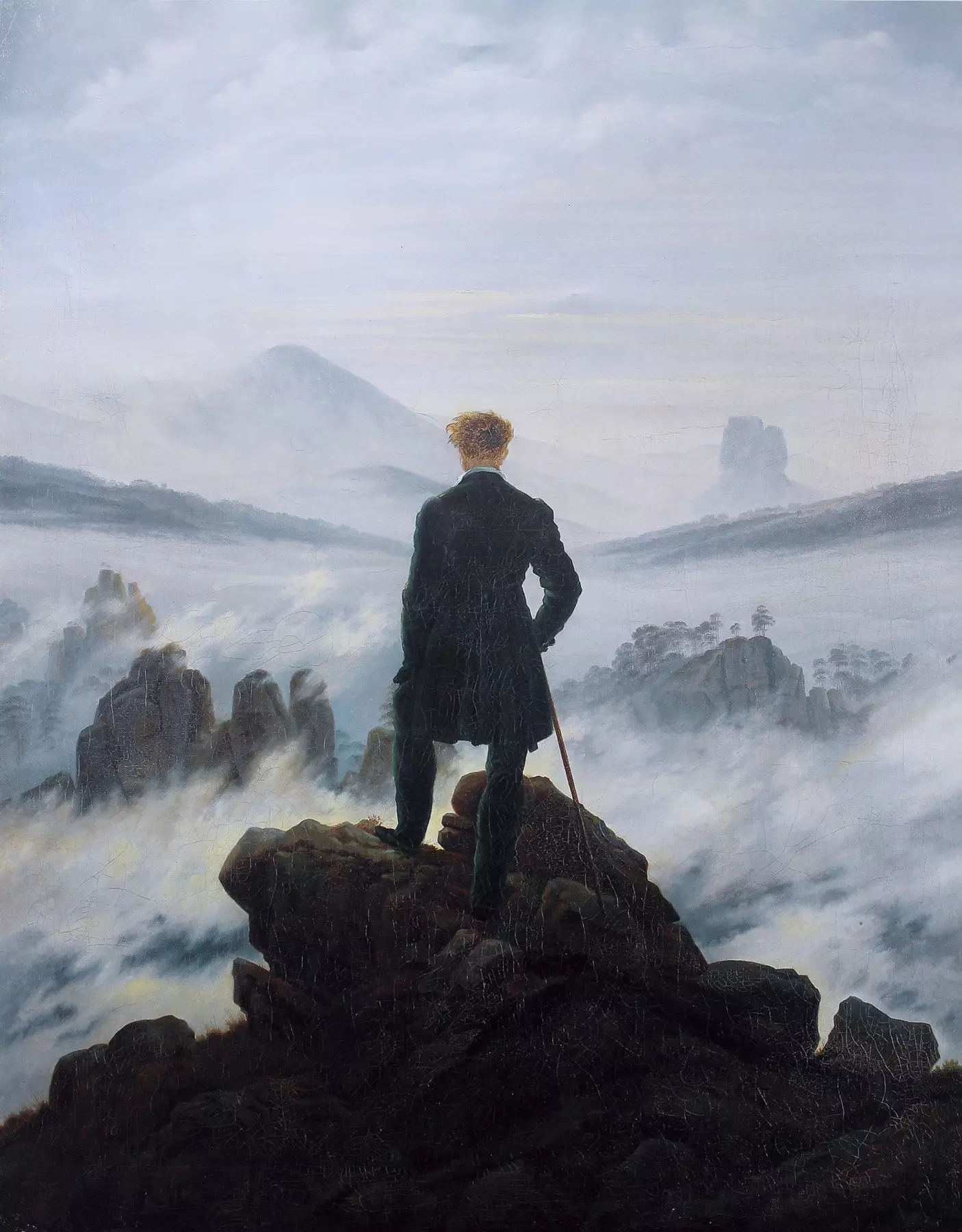
The Walker (Friedrich)
THE WILD
Before, it exotic it had been viewed from a superficial, external perspective. The artist was dazzled the colorful, the motley, the anecdotal.
On his travels, Paul Gauguin change the way you see. The stays of him in Martinique and in Polynesia are an expression of a mismatch, of a search.
arrival at Tahiti marks the beginning of an immersion in a culture beset by colonial presence.
From poverty and disease, he idealizes the purity of the wild and he defines a new concept of paradise.
Other artists, like Emil Nold either Henri Rousseau , seek in his canvases the darkness of the wild unknown, but only Gauguin reaches it through experience.
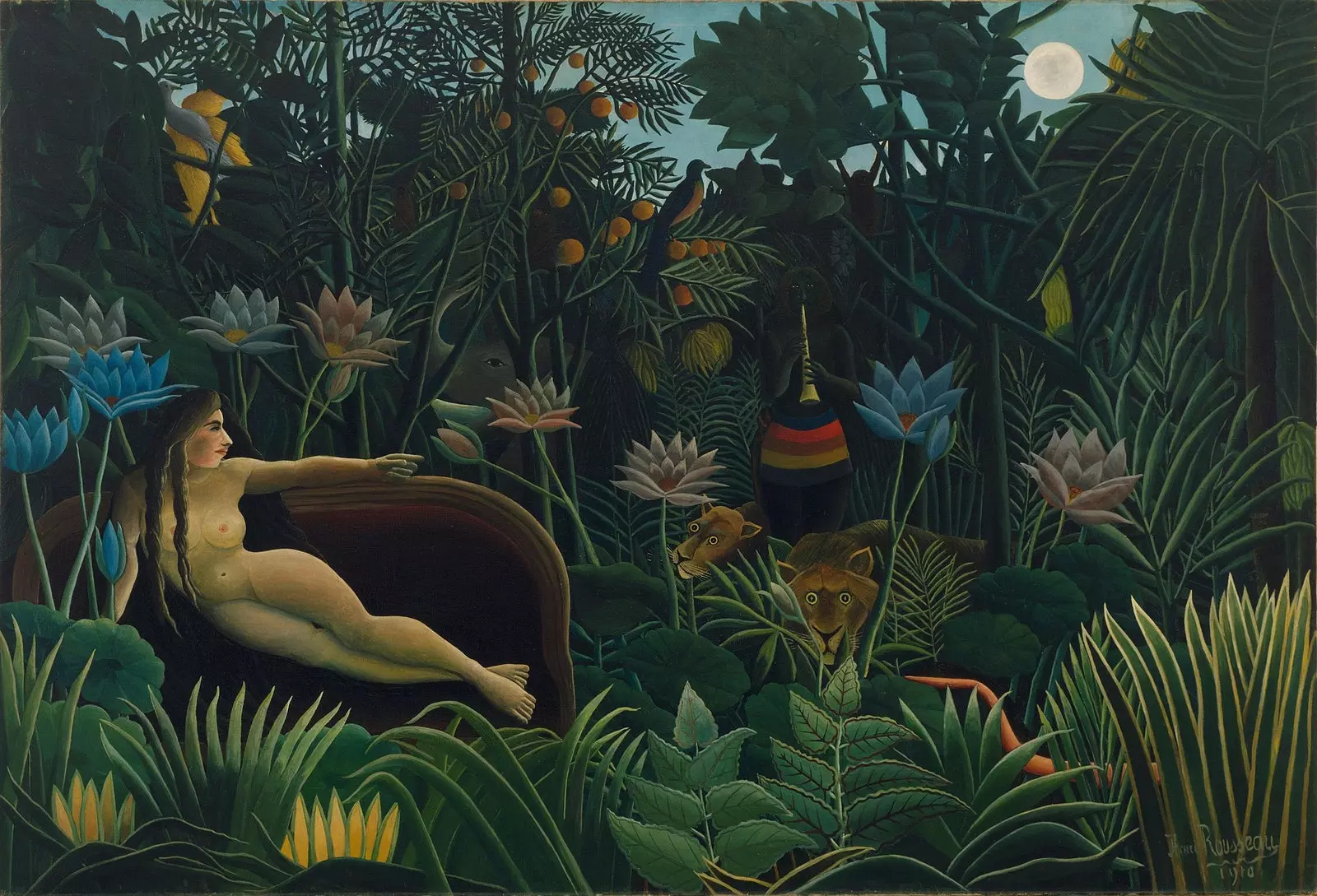
The Dream (Henri Rousseau)
MID CLUB
The Mediterranean floats on the myth. The religious gap that divides Europe and Africa is reconciled in light and water.
When the sea ceases to be a means of transport and becomes a playful environment, the blue palette extends.
From Aix-en-Provence, Cezanne approaches the pine covered slopes that fall towards the coast, to towns with ocher walls, to bathers who, in their nakedness, stretch out in the sun.
Sorolla explore the pasty light of sunset, the children's games among the waves, the candles, the weathered faces.
But it is picasso who, returning to a reinvented classicism, catches the myth of dislocated bodies under the sun.
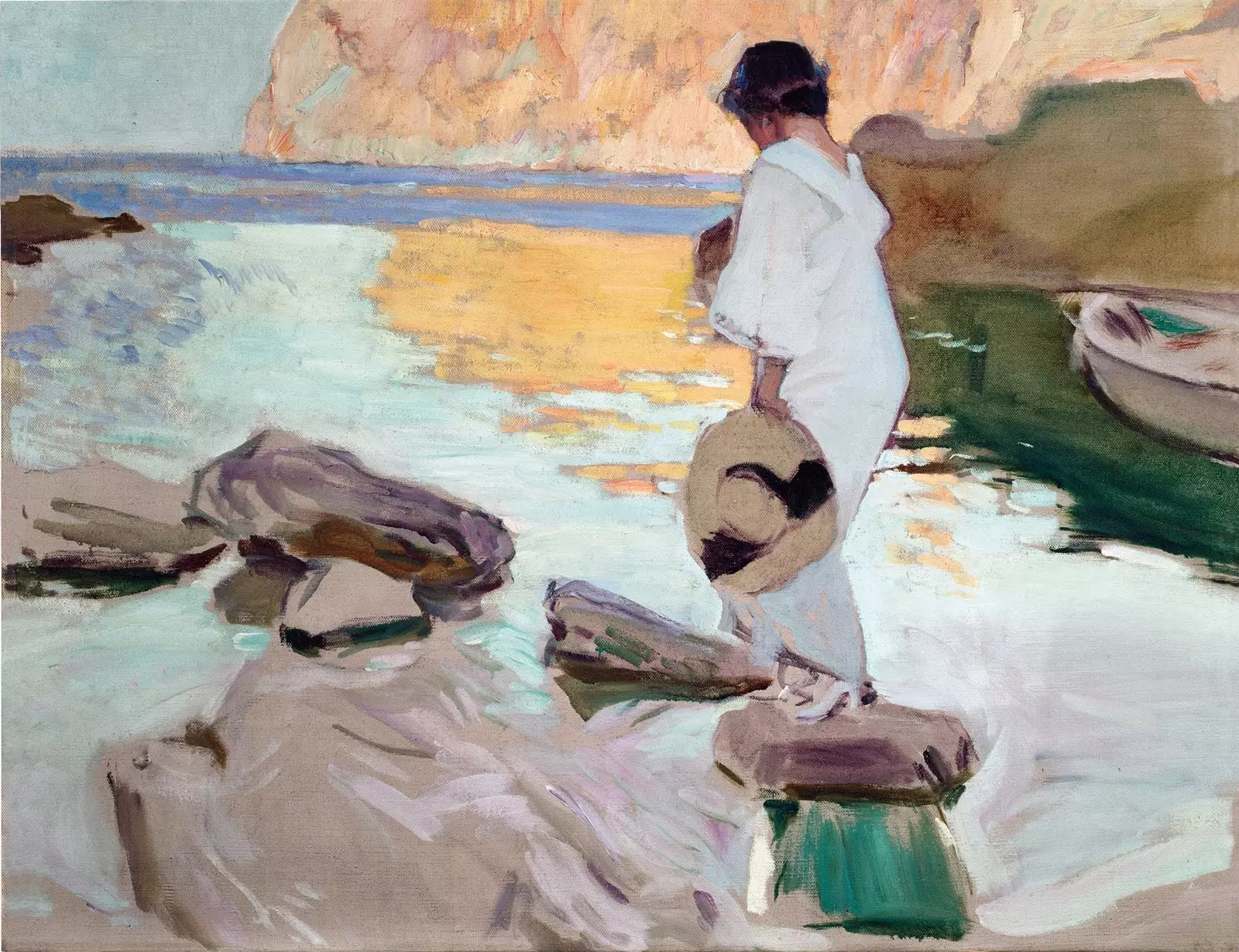
Elena in the cove of San Vicente (Joaquín Sorolla)
CHAOS AND GEOMETRY
From the avant-garde, the journey to Eden is abstracted. Kandinsky pursues him in the harmony of color. In the 20th century, the plastic artist, faced with conceptual drift, escapes into the line.
Pollock is lost in the chaos. Rothko Y Albers they follow the path of tonal adjustment. Yves Klein and the minimalists reduce it to a line, an angle, or a monochrome extension.
Form and light recover their transcendence. Like the stained glass windows of a medieval cathedral, the sun Olaffur Eliasson illuminated the faces of the faithful in the turbine hall of the TateModern.
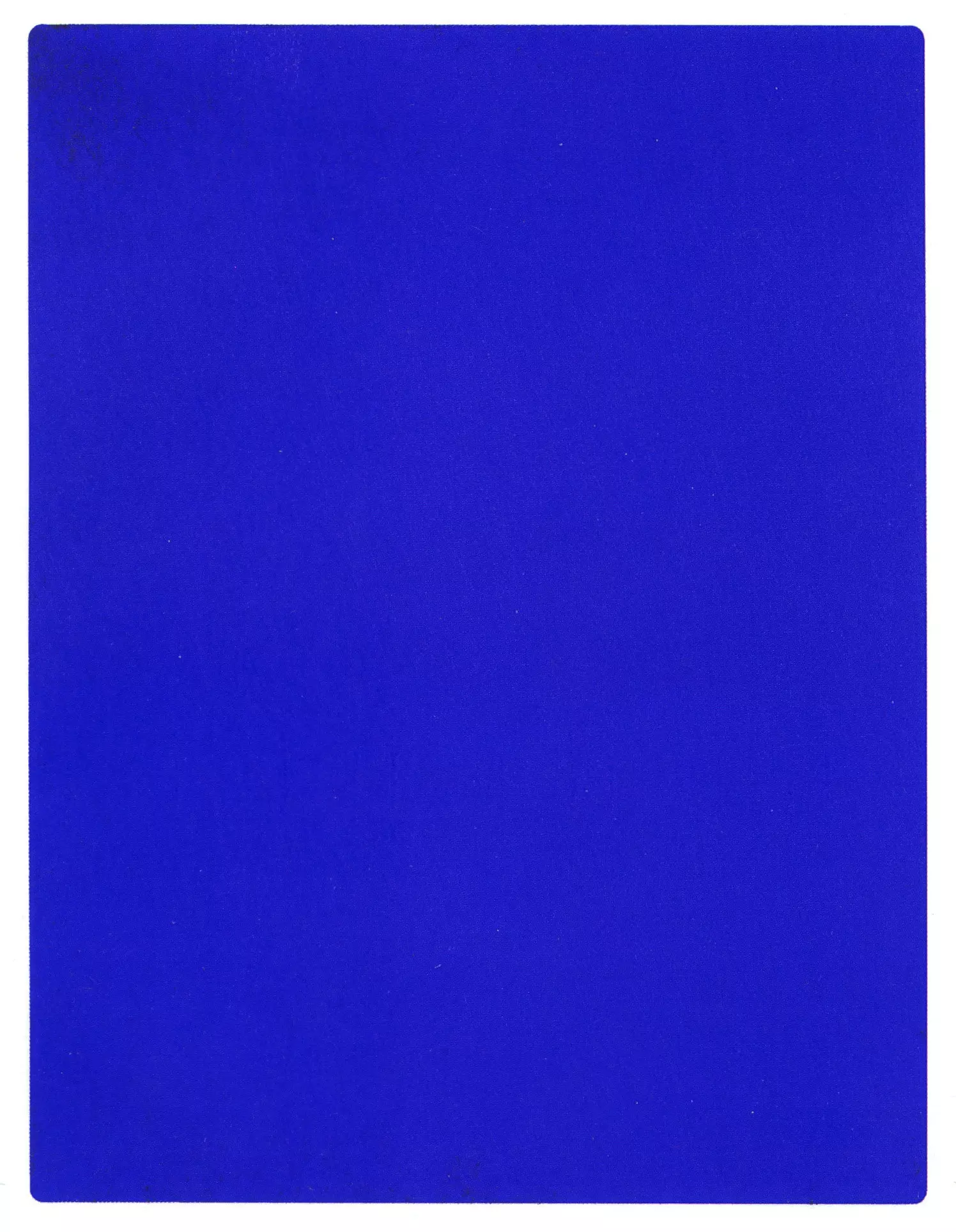
IKB 191 (Yves Klein)
